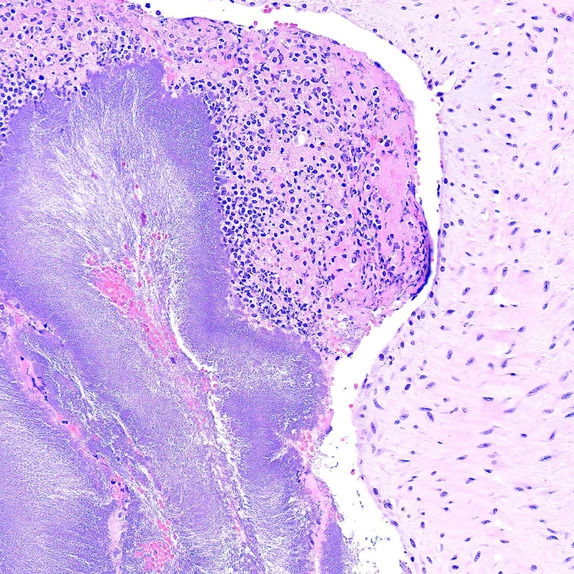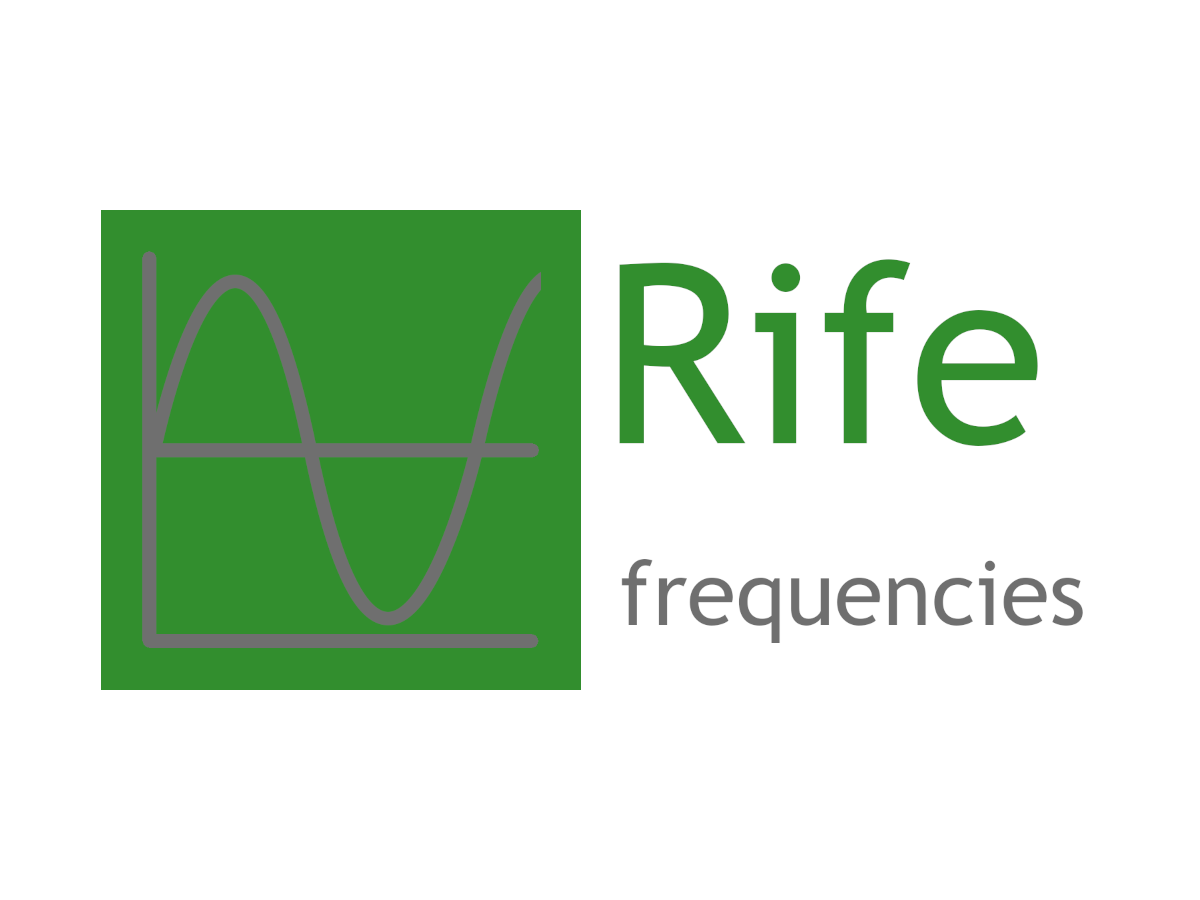
Actinobacilli and endocarditis
Insights into the role of bacteria and the potential of frequency therapy
When we talk about endocarditis, the term actinobacilli often crops up in the
medical world.
This group of bacteria can cause
various diseases in humans and animals, including the life-threatening
infection of the lining of the heart, known as endocarditis.
But what exactly are actinobacilli and how can endocarditis caused by them be treated? In this article we will examine the role of actinobacteria in the development of endocarditis and present an innovative therapeutic approach - frequency therapy - .
What are actinobacilli?
Actinobacilli are a genus of gram-negative bacteria, which belong to the Pasteurellaceae family. They are facultative pathogens, meaning that they can cause diseases, but do not necessarily do so. Actinobacilli can be found in the normal flora of the mouth and throat in humans and animals. One of the best known species of this genus is Actinobacillus actinomycetemcomitans, which is particularly associated with human periodontal disease.
The link between actinobacilli and endocarditis
Endocarditis is the inflammation of the inner layer of the heart, the endocardium, and usually affects the heart valves. It is a serious disease, which can be fatal if not treated. Bacterial endocarditis is caused by various bacteria, including actinobacilli. These bacteria can reach the heart via the bloodstream and colonise it. The risk of endocarditis is particularly high in people with pre-damaged heart valves or artificial heart valves.
The symptoms of endocarditis are often non-specific and may include fever, fatigue, chills, new or altered heart sounds, petechiae (small red dots on the skin), Osler nodules (painful nodules on the fingers or toes) and Janeway lesions (painless red or purple spots on the palms of the hands or soles of the feet).
Diagnosis and traditional treatment
Endocarditis is diagnosed by various methods, including blood cultures to identify the causative pathogen and imaging techniques such as echocardiography to examine the heart valves. Treatment usually consists of prolonged antibiotic therapy administered intravenously in high doses, and sometimes even surgery is necessary to repair or replace damaged heart valves.
Frequency therapy as a complementary approach
In addition to traditional treatment, there are also alternative therapeutic approaches, such as frequency therapy. This treatment method is based on the assumption that every form of matter, including bacteria such as actinobacilli, has a specific electromagnetic frequency. In frequency therapy, electromagnetic waves are used to "disrupt" these frequencies and thus impair the function of the bacteria or kill them.
Frequency therapy has been researched for several decades and has various applications, including in pain management and in supporting the immune system. With regard to the treatment of infectious diseases such as endocarditis, the results are promising, but further research is needed to confirm the effectiveness and safety of this method.

